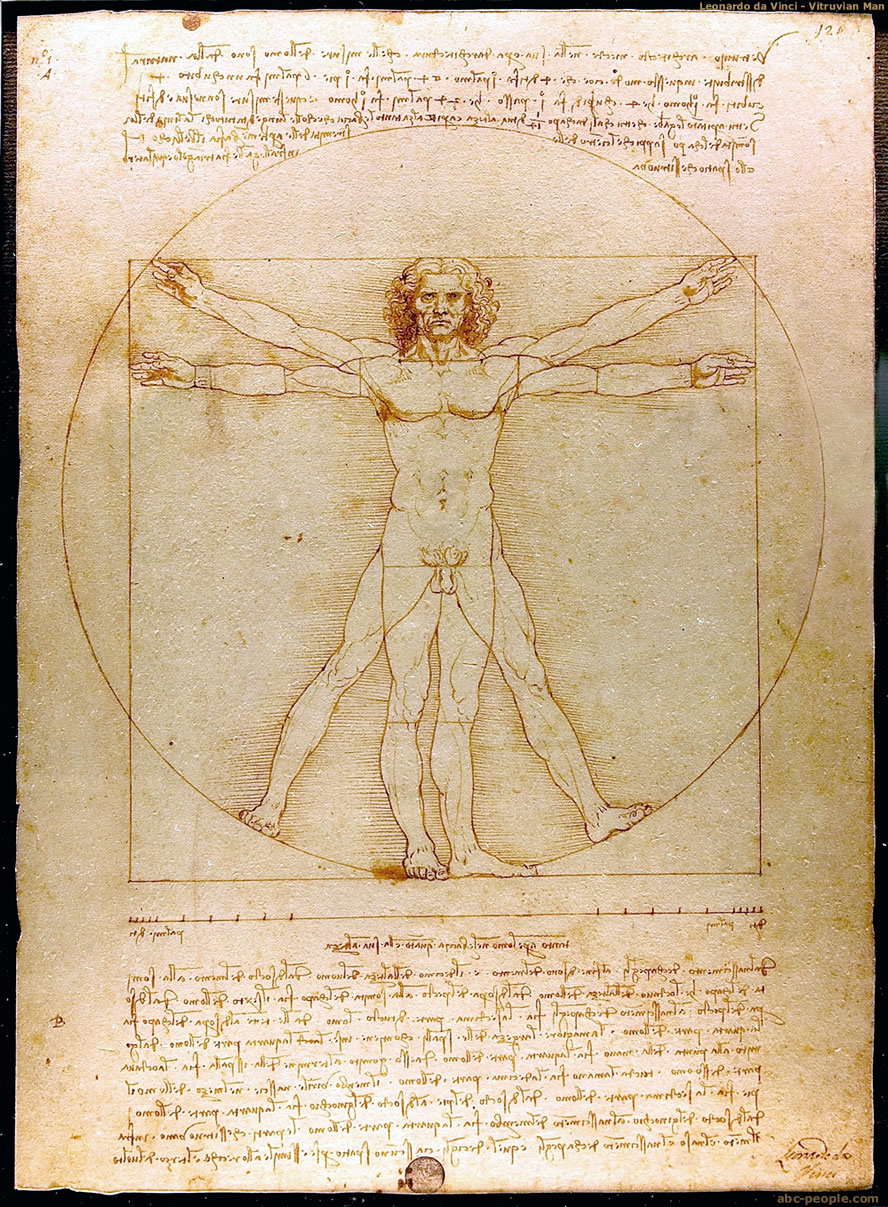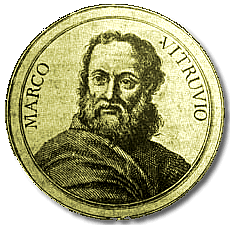|
Leonardo
da Vinci paintings: Vitruvian Man |
|||
| Text on the picture | Around
"Vitruvian Man" |
Marcus
Vitruvius Pollio |
||
|
Leonardo
da Vinci
|
Encyclopaedia Britannica
The Vitruvian Man (Italian: Le proporzioni del corpo umano secondo Vitruvio, which is translated to "The proportions of the human body according to Vitruvius"), or simply L'Uomo Vitruviano, is a drawing by Leonardo da Vinci around 1490. It is accompanied by notes based on the work of the architect Vitruvius. The drawing, which is in pen and ink on paper, depicts a man in two superimposed positions with his arms and legs apart and inscribed in a circle and square. The drawing and text are sometimes called the Canon of Proportions or, less often, Proportions of Man. It is kept in the Gabinetto dei disegni e stampe of the Gallerie dell'Accademia, in Venice, Italy, under reference 228. Like most works on paper, it is displayed to the public only occasionally.
The drawing is based on the correlations of ideal human proportions with geometry described by the ancient Roman architect Vitruvius in Book III of his treatise De architectura. Vitruvius described the human figure as being the principal source of proportion among the classical orders of architecture. Vitruvius determined that the ideal body should be eight heads high. Leonardo's drawing is traditionally named in honor of the architect. Wikipedia.org |
| Text
on the picture: •
a
palm is four fingers and
these measurements are in his buildings". The
lower section of text gives these proportions: The points determining these proportions are marked with lines on the drawing. Below the drawing itself is a single line equal to a side of the square and divided into four cubits, of which the outer two are divided into six palms each, two of which have the mirror-text annotation "palmi"; the outermost two palms are divided into four fingers each, and are each annotated "diti". |
Marcus Vitruvius Pollio Vitruvius,
in full Marcus Vitruvius Pollio (flourished 1st century bc) Roman
architect, engineer, and author of the celebrated treatise De architectura
(On Architecture), a handbook for Roman architects. Little is known
of Vitruvius’ life, except what can be gathered from his writings,
which are somewhat obscure on the subject. Although he nowhere identifies
the emperor to whom his work is dedicated, it is likely that the
first Augustus is meant and that the treatise was conceived after
27 bc. Since Vitruvius describes himself as an old man, it may be
inferred that he was also active during the time of Julius Caesar.
Vitruvius himself tells of a basilica he built at Fanum (now Fano).
De architectura was based on his own experience, as well as on theoretical
works by famous Greek architects such as Hermogenes. The treatise
covers almost every aspect of architecture, but it is limited, since
it is based primarily on Greek models, from which Roman architecture
was soon decisively to depart in order to serve the new needs of
proclaiming a world empire. De architectura is divided into 10 books
dealing with city planning and architecture in general; building
materials; temple construction and the use of the Greek orders;
public buildings (theatres, baths); private buildings; floors and
stucco decoration; hydraulics; clocks, mensuration, and astronomy;
and civil and military engines. Vitruvius’ outlook is essentially
Hellenistic. His wish was to preserve the classical tradition in
the design of temples and public buildings, and his prefaces to
the separate books of his treatise contain many pessimistic remarks
about the contemporary architecture. Most of what Pliny says in
his Natural History about Roman construction methods and wall painting
was taken from Vitruvius, though unacknowledged. Vitruvius’ expressed
desire that his name be honoured by posterity was realized. Throughout
the antique revival of the Renaissance, the classical phase of the
Baroque, and in the Neoclassical period, his work was the chief
authority on ancient classical architecture. |
|
Around
"Vitruvian Man"
Leonardo da vinci facts
| The
popularity of this picture by Leonardo da Vinci can not be overestimated |
|||
 Cesare Cesariano, 1483-1543 |
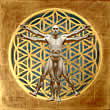 David Hewson |
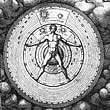 Robert Fludd, 1617 |
 rahigh.org |
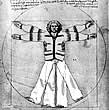 worth1000.com |
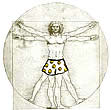 Jim Reynolds |
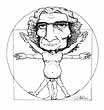 Gareth Southwell |
 Vitruvian Homer |
|
|
| Copyright
© 2004 abc-people.com Design and conception BeStudio © 2014-2023 |
